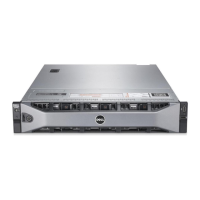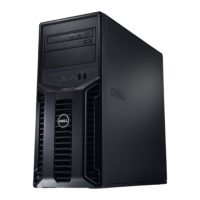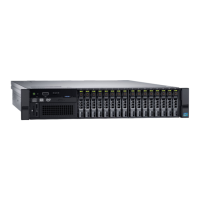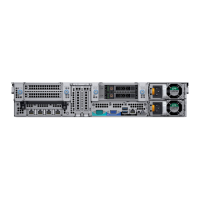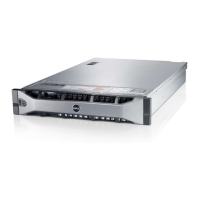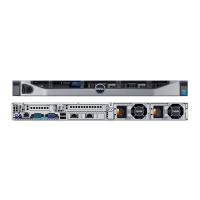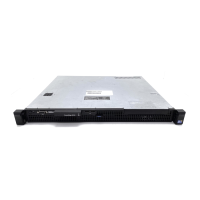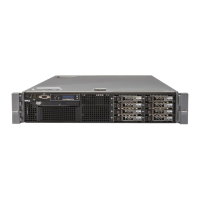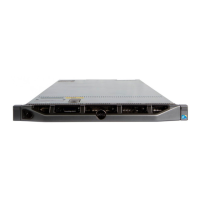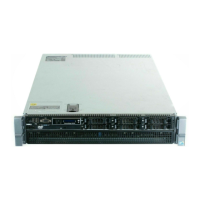
 Loading...
Loading...
Do you have a question about the Dell PowerEdge R810 and is the answer not in the manual?
| Form Factor | 2U rack server |
|---|---|
| Chipset | Intel 7500 chipset |
| Memory Slots | 32 DIMM slots |
| Processor | Up to four Intel Xeon 6500/7500 series processors |
| Memory | Up to 512GB (32 DIMM slots): 1GB/2GB/4GB/8GB/16GB DDR3 |
| Storage | Up to six 2.5" SAS or SATA drives |
| RAID Controller | PERC H700, PERC H800 |
| Network | Four embedded Broadcom NetXtreme II 5709c Gigabit Ethernet NICs |
| Power Supply | Redundant 1100W or 750W AC power supplies |
| Expansion Slots | 6 x PCIe Gen2 slots (3 x x8, 3 x x16) |
| Operating System Support | Red Hat Enterprise Linux, SUSE Linux Enterprise Server, VMware ESXi |
